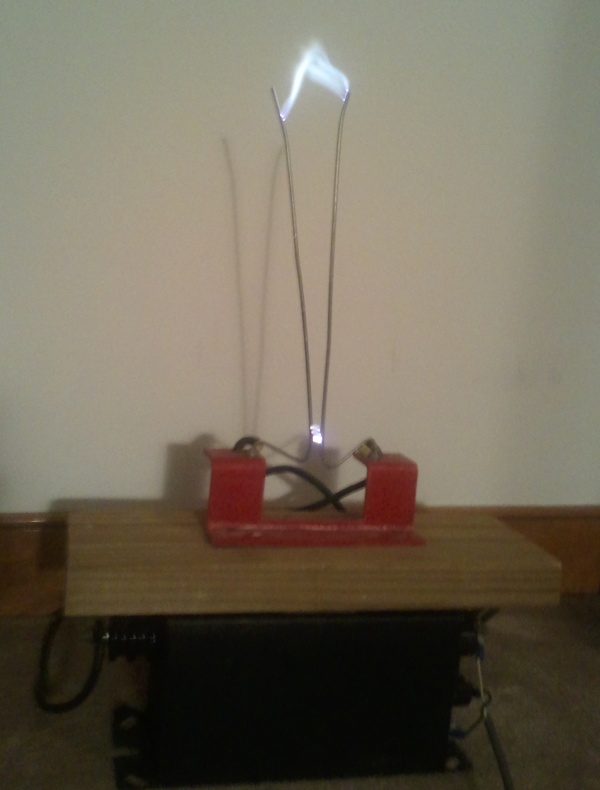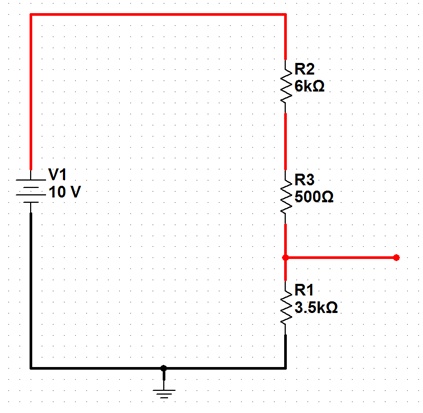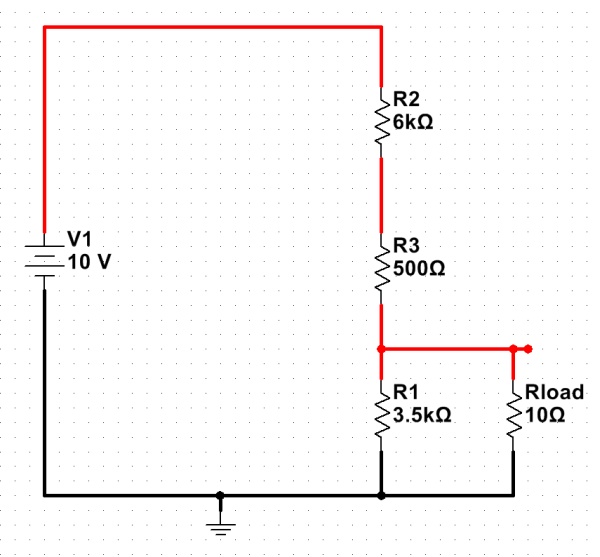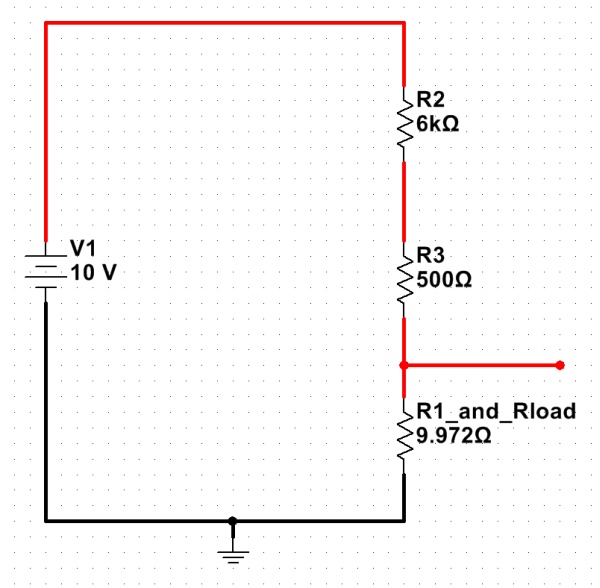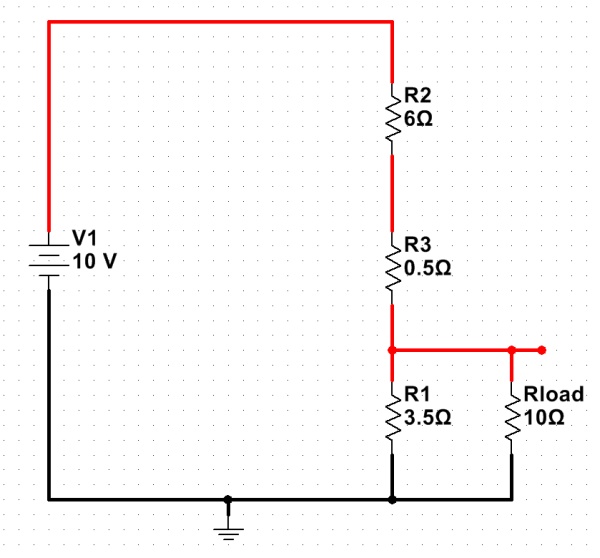I looked around the lab a few weeks ago and realized something was lacking. I mean, sure, I had some rubidium frequency standards, GPS puzzle boxes, and more PICs than I can shake a stick at, but something was missing — high voltage! (I mean, I do have one high-voltage DC supply, but that’s literally a Fluke.) A Jacob’s Ladder, or traveling-arc display, was clearly called for.
DISCLAIMER: Traveling-arc displays require high voltage, which can injure or kill. The electrodes can get very hot when operating, and could poke you in the eye even when off, if you’re not careful. The transformer is also extremely heavy and could find all kinds of different ways to cause injury.
Don’t try this unless you know what you are doing!
Traveling-arc displays work by ionization of air. Two metal rods are installed in a shallow “V,” with a small gap at the bottom. When a high enough voltage is applied across the rods, the air gap at the base of the “V” breaks down. (The dielectric strength of air is about 3 million volts per meter, or roughly 1mm per kilovolt.) Once the air at the bottom of the V has been broken down and ionized, its conductivity increases quite a bit, allowing a significant current to flow. The air is heated by the power (V^2/R) dissipated in the arc, and begins to rise. Since this ionized air is the path of least resistance, the arc follows the rising air up the “V” until the arc either grows too long to be sustainable at the input voltage, or the top of the “V” is reached.
With sufficient voltage, the arc will remain at the top of the “V” indefinitely. What normally happens, though, is the arc breaks up when the air continues to rise. This raises the voltage between the rods, and the cycle begins again when the air at the bottom of the “V” breaks down once more and another arc rises.
A trip to eBay turned up a good deal on a used 9kV neon sign power supply. Carefully testing it out with a pair of paper clips proved the concept, so the next step was to build a larger “V.” Before I got around to that, though, I was lucky enough to find a 15kV Franceformer neon transformer at Slindy’s Flea Market (near Culpeper, VA). It even came with a bracket and metal “V” — someone else obviously had the same idea. (That’s it in the picture, above.)
A few adjustments to the electrodes later, it’s up and running, and would look right at home in Dr. Frankenstein’s lab. These things are best seen rather than described, though, so here’s a video.

